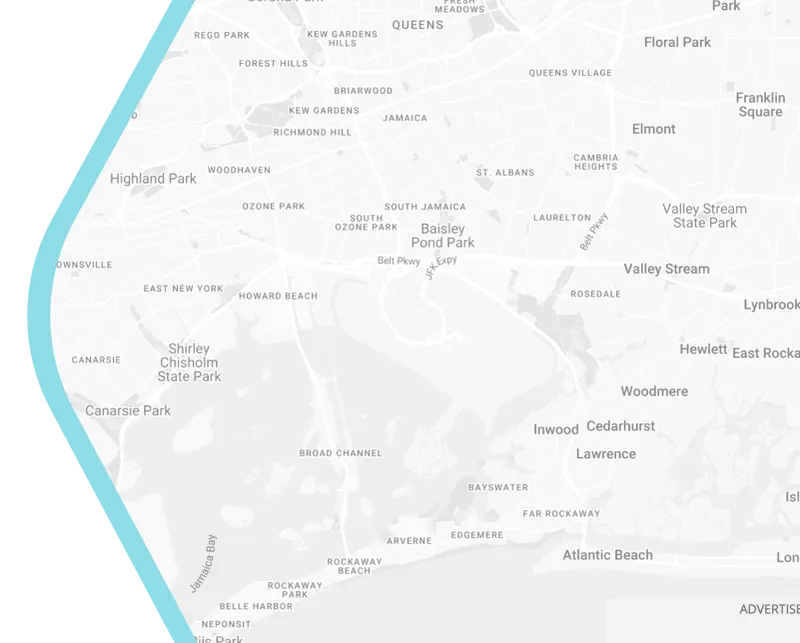
On-Demand Microtransit Solutions for Efficient Suburban Mobility
Picture a typical Tuesday evening in Sydney’s Hills District: commuters stream out of offices toward bus stops, only to face infrequent services and circuitous routes that stretch 15-minute drives into hour-long journeys. This mismatch between traditional transit and suburban sprawl fuels car dependency, congestion, and isolation—until now. Enter microtransit algorithms, the digital conductors quietly revolutionizing how suburbs move.
The Suburban Mobility Dilemma
Suburbs face a unique transportation paradox. Low population density makes fixed-route buses economically unsustainable, yet residents without cars—teenagers, seniors, shift workers—remain stranded. In Melbourne’s growth corridors, 40% of households have limited access to public transit according to Infrastructure Australia. The result? Traffic jams on arterial roads and missed opportunities for community connection. Traditional solutions like adding more buses often worsen inefficiencies, running near-empty vehicles through winding neighborhoods.
How Microtransit Algorithms Rewrite the Rules
At its core, microtransit merges the flexibility of ride-hailing with public transit’s affordability. But its secret weapon is dynamic routing algorithms that process real-time variables:
- Passenger locations clustered using k-means clustering
- Traffic patterns from historical and live GPS data
- Vehicle capacity and energy efficiency metrics
- Equity parameters ensuring service to disadvantaged areas
Imagine an AI dispatcher in Perth’s northern suburbs. At 7 AM, it identifies 12 passengers across 3 neighborhoods heading toward the same rail station. Instead of dispatching three taxis, it routes a shared van along a hyper-efficient path, reducing per-ride costs by 60% while cutting average wait times to under 8 minutes. The algorithm continuously learns, adapting to school schedules, weather disruptions, and even local events like farmers’ markets.
Case Study: The Logan Experiment (Queensland)
When Logan City launched "FlexiRide" in 2021, skeptics questioned its viability. Two years later, the numbers speak volumes:
- 78% reduction in "transit deserts" across 47 suburbs
- 53% average occupancy vs. 22% on conventional buses
- Carbon emissions down 34 tonnes monthly
The breakthrough came from custom genetic algorithms that balance three competing priorities: passenger convenience, operational costs, and environmental impact. By integrating with existing bus routes and train timetables, the system created seamless transfers that boosted overall public transit usage by 19%.
Implementation Essentials for Planners and Developers
For urban developers eyeing microtransit, success hinges on strategic foundations:
Infrastructure Synergy requires designing "virtual transit hubs"—park-and-ride lots with charging stations and pickup zones that serve dual purposes during off-peak hours. Brisbane’s Springfield development exemplifies this, embedding microtransit stops within shopping center drop-off areas.
Data Partnerships between councils and tech providers must prioritize privacy while sharing mobility patterns. Melbourne’s partnership with Via Transportation uses anonymized aggregated data to adjust service zones quarterly.
Equity Safeguards ensure algorithms don’t bypass vulnerable communities. Adelaide’s algorithm includes "coverage mandates" that allocate 20% of trips to aged-care facilities and disability service centers, even during peak demand.
The Road Ahead: Where Next for Microtransit?
Emerging innovations promise even greater transformation:
- Predictive demand modeling using anonymized mobile data to pre-position vehicles before shift changes
- Mobility Credit Systems letting passengers combine microtransit with e-scooters or bikes in single fares
- Autonomous electric shuttles being piloted in Canterbury-Bankstown (NSW), slashing operating costs by 45%
As Gold Coast’s transport director notes, "Microtransit isn’t replacing buses—it’s creating capillaries where arteries can’t reach."
Reimagining Suburban Life Through Smarter Transit
The true power of these algorithms lies beyond efficiency metrics. They enable suburbs to evolve into connected communities where a nurse in Dandenong can reach her night shift reliably, where teenagers in Joondalup gain independence without family cars, and where main streets thrive as parking lots transform into green spaces. By treating mobility as a dynamic network rather than fixed routes, we’re not just moving people—we’re building belonging.
